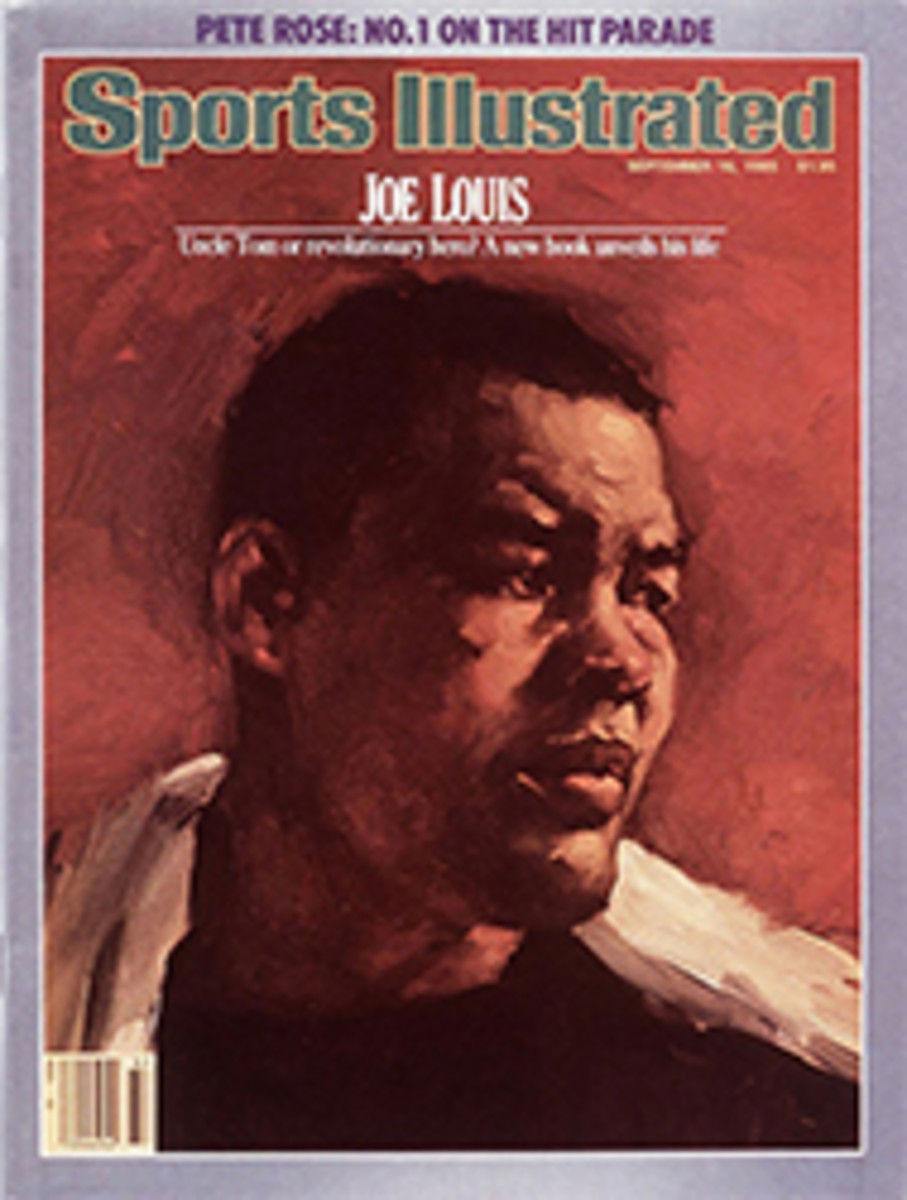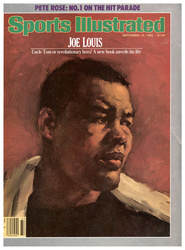
Nothing's Mini About Maxis
These are the maxis, the biggest, the fastest, the rarest and the costliest of all modern racing sailboats. They are the outsized toys of men with outsized fortunes, and they can be found wherever the wind blows and the money flows. From Sydney to Sardinia, from San Diego to St. Tropez, no regatta can consider itself major without two or three maxis in its lineup. Architects fight to design them, sailmakers arm wrestle for the chance to dress them and the world's best sailors compete to be part of their crews.
The greatest sight in sailing, say big-boat devotees, is two or more 80-foot, 40-ton maxis bearing down on a mark, seconds apart, sails thundering and spars groaning under the tremendous load of the wind. As their bows crash through the waves, green water washes over the foredecks, and bodies are everywhere, running, grinding, hauling, stuffing, shouting, even bleeding. Meanwhile, back in the cockpit, barely visible from the bow 70 feet away, stands the helmsman, braced, feet wide apart, gloved hands on the rim of an eight-foot wheel, listening for the voice of his tactician over the din.
Maxi owners are a rare and disparate breed. Fewer than a dozen are active in the sport at any one time. Among the current top contenders are a Southern California real-estate developer, a Greek shipping tycoon, a Boston art collector and an Austrian symphony conductor. Vast amounts of money and a competitiveness that borders on obsession are all that the members of this exclusive fraternity seem to have in common.
Jim Kilroy, the Los Angeles real-estate tycoon and owner of the 81-foot Kialoa IV, is possibly the most competitive of them all. Witness the fact that he is hip deep in plans for Kialoa V, though his current boat is only five years old. For the past year, as it has become increasingly evident that Kialoa IV was being nudged into obsolescence by Boomerang, the best of the newer maxis, Kilroy has had to live with defeat. It is not a relationship he intends to prolong. If all goes according to schedule, and Kilroy's projects usually do, the Spanish-built Kialoa V will hit the water in April 1986, and a new—and presumably bigger and better—game will begin.
The 81-foot Boomerang is owned by George Coumantaros, 65, a small Greek with a very large income from shipping. Launched in 1984, Boomerang was slow to reach her potential, but this season she swept a three-part maxi-boat series that began with the Swarovski Regatta in Newport and concluded last week with the Maxi World Championship in Sardinia.
While Kilroy and Coumantaros play millionaires' leapfrog, a newcomer with more than enough wherewithal to play their game is sizing them up from the sidelines. He is 45-year-old Bill Koch, a Boston art collector, a Ph.D. in chemical engineering from MIT and one of four heirs to Koch Industries, a privately held $15 billion-a-year oil-cattle-chemical business. "I always wanted to own a boat," says Koch, a 6'4" redhead with a schoolboy's face. "So when I finally got in position to buy one, I thought I might as well go all the way and buy a maxi." (A new boat goes for about $2 million and the annual costs of campaigning a maxi run from $500,000 to $1 million.)
Koch bought Matador, an 81-footer, in 1983 and set out to learn about maxi racing. (Koch also has two helicopters, a large motor cruiser and a high-performance powerboat to go along with Matador, which makes him a leading contender in the whoever-dies-with-the-most-toys-wins contest. And, like Kilroy, Koch is planning to build a new boat.) For the Swarovski races, Koch had America's Cup veteran Gary Jobson join him at the wheel. With Jobson's help Matador finished a close second to Boomerang, which was steered by Olympic gold medalist Rod Davis, and well ahead of Kialoa, which was helmed by America's Cup skipper Dennis Conner.
While Kialoa, Boomerang and Matador chased each other around the seas this summer, lying in wait for them in the Mediterranean was Helisara VI, the best of the European maxis. The 77-foot Helisara is owned by 77-year-old Herbert von Karajan, director and conductor of the Berlin Philharmonic and the Salzburg Festival Orchestra. The maestro's maxi never competes outside the Mediterranean, but when the others come to call, she gives them a run for their money, so to speak. In 1981 Helisara VI beat Kialoa IV, then in her prime, by 40 seconds in a 75-mile race. Helisara is often moored directly in front of von Karajan's villa in glittery St. Tropez. For important events he shuttles world-famous helmsmen, such as Jobson and Conner, in and out like guest conductors.
"The number of people involved is a real challenge to the owners," says Jobson. "Every time you add a crew member you square the problems. With one you have one problem; with three you have nine. Imagine what it's like with 26."
For support, each maxi requires two to four 2,500-cubic-foot shipping containers that hold necessities, from sails to sneakers, tools to Tab. The containers are shipped overseas on freighters and transported overland by 18-wheel trucks. When the 81-foot Nirvana sailed from the Mediterranean to the Southern Cross series in Australia in 1983, her skipper and first mate played hired-hand leapfrog, one sailing aboard the boat, the other flying ahead to line up boatyards, machine shops, dock space, housing, cars and customs clearance for the Nirvana navy. "It's no small job finding a yard that can handle an 80-footer," says Nirvana's designer, David Pedrick, "much less finding one that can handle the work involved. You don't just run down to the local chandlery for spare parts."
Everything about maxis is the biggest, the best or the most—the boat, the sails, the crews, the money, the speed and the danger. "When I hear a dinghy sailor say maxis are boring, I know he's either crazy or he's never sailed on one," says Mike Turner, a 39-year-old crewman on Matador. "These boats are the ultimate sailing experience."
TWO PHOTOS
DANIEL FORSTER
Matador (left) is just another oversized trinket for her art-collecting owner. Boomerang (above) is making other maxis play catch-up.
TWO PHOTOS
DANIEL FORSTER
While hands on deck grind away, other crew members below pack the spinnaker.
PHOTO
DANIEL FORSTER
The newest Kialoa has Kilroy (foreground) and Conner looking ahead.
PHOTO
DANIEL FORSTER
Boomerang, slipping under the Newport Bridge, was first in the Swarovski Regatta.

